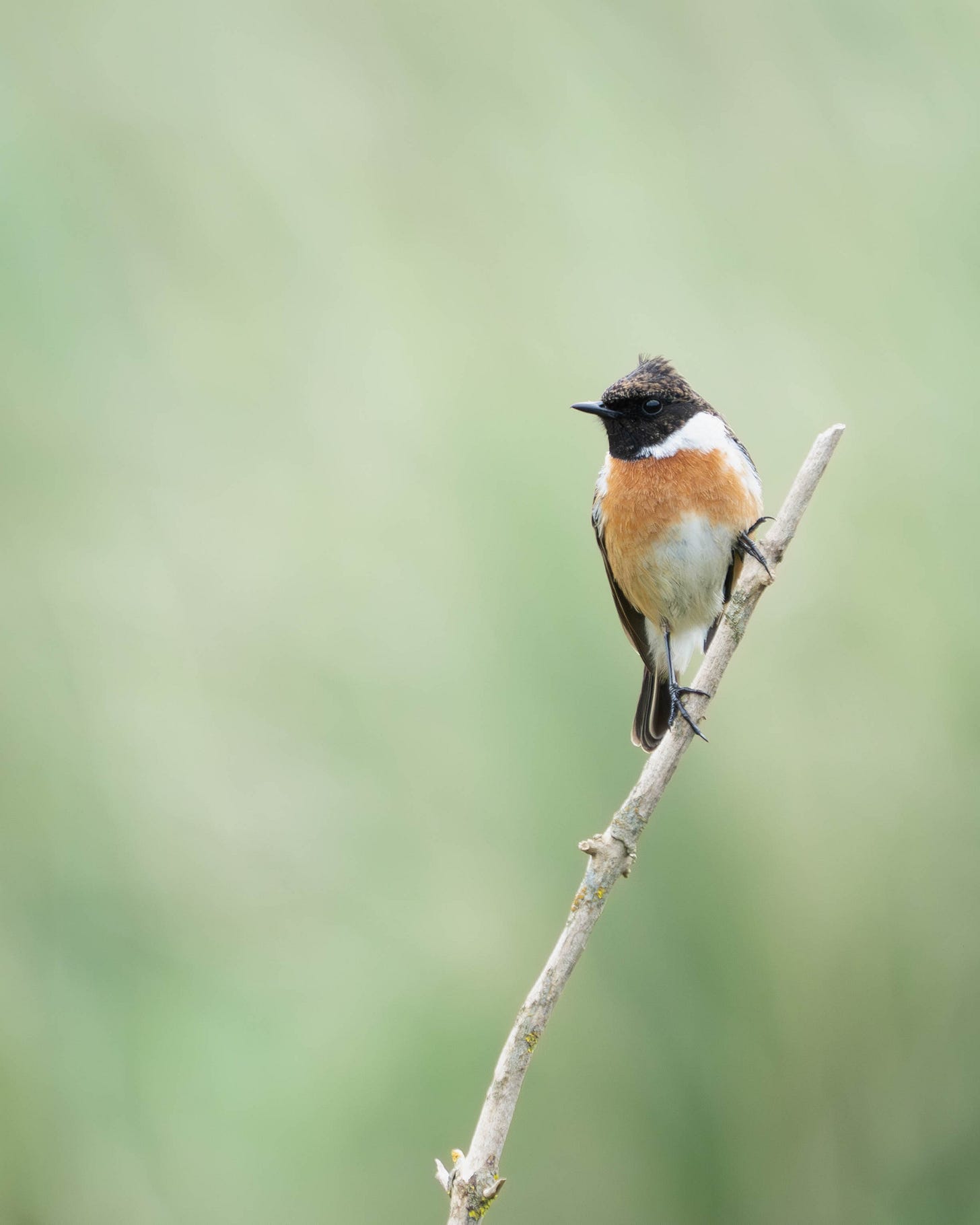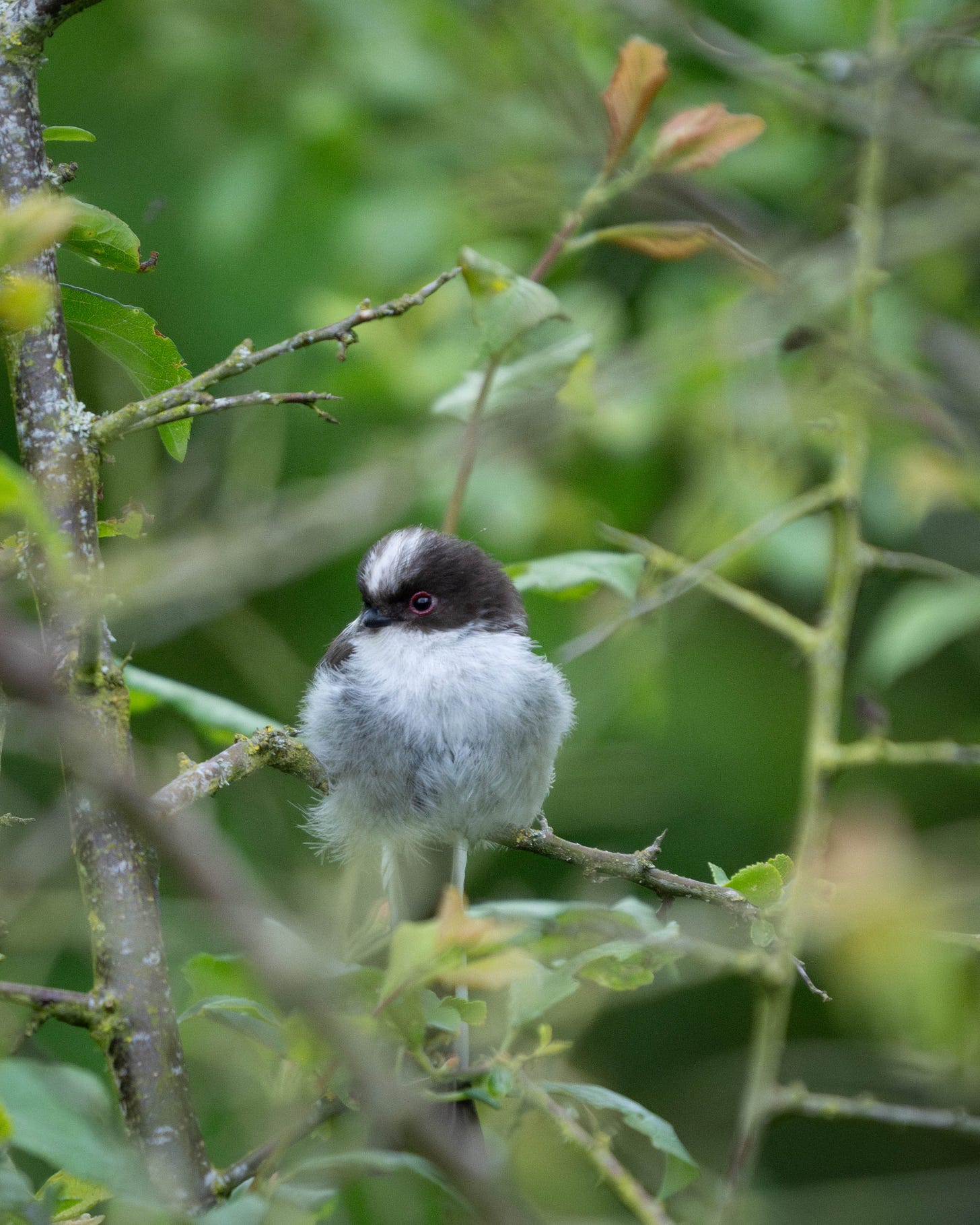This post has been migrated over from my original Substack account. This is its new home, so make sure you’re following me here to stay connected! Some images and other formatting may have been lost in the move – sorry about that.
A nice walk is nice, right? But it’s more fun when you’ve got some inside knowledge about the birds and the beasts you’re likely to encounter.
Every week brings something new to see, hear and even smell in the English countryside. So each Friday, open up ‘Wild this week’ to find out what wonders are unfolding right now. From native wildflowers and strange insects to the songs of seasonally visiting birds, there is always something new! Scroll to the last section of this post to see the type of thing I’ll be sharing.

Who is this substack for?
You! Whether you’re:
young (or a parent to young children) or old,
rich or poor,
an advanced ecologist or a complete novice,
disabled, neurodivergent, or any other flavour of human.
All my posts will be written in plain language, or if I geek out on science I’ll explain it in full. None of the observations I share will require any financial investment, like tickets to access reserves or paid hides.
Nature is multi-sensory – if one or more of your senses are compromised, there are others to indulge. I’ll include, sounds, smells, textures and tastes in my descriptions whenever I can.
Who am I?
Hi! I’m Gem, a writer with a keen interest in wildlife and a particular love of birds. I’ve been a naturalist (NOT a naturist, those are naked folk) since I was a kid. I love wildlife so much I got my Zoology degree.
I get out and about in my local area (Bedfordshire, UK) with my dog Jasper, and even after more than 30 years wandering I still spot something new and wonderful almost every day.
I’m really keen on accessibility and inclusivity – nature is for everyone! But there’s always more to learn. If you have any feedback or suggestions, I’d love to hear from you.
What’s wild this week (11 April)?
Fledglings! Baby birds are starting to emerge from their nests, but not all of them can fly. That’s okay! When I was a kid, I caught a fledgling crow (yes, a big ol’ CROW) because I didn’t know any better and thought he needed help. But now I do – if they have feathers, they’re probably fine.
Only move them if they are in harm’s way, such as on a busy path or in front of a crouching cat. Definitely don’t catch them. Birds generally have a poor sense of smell, so the trope about them smelling you on the fledgling and abandoning it is untrue. But if they see you messing with their nest or baby, or hanging out where they left it, they may decide it’s not safe for them to return to feed it.
Cutest bird in Britain?
Listen out for long-tailed tits (LTTs) hiding in the bushes. They travel in noisy, chattery family groups and their fledglings are extremely cute. Listen for a ‘sirrut sirrut’ sound (the RSPB’s description, not mine) and frenetic chirping. The babies often line up on a branch, like a nursery, and wait patiently for their parents to feed them insects.
And if you’re located in a city, don’t worry if you don’t spot any LTTs this week – they may start to rely on feeders in city spaces more often as their babies grow and the abundance of insect eggs and caterpillars starts to dwindle. They are particularly partial to fat blocks and balls.
Fun fact: this species has an extensive library of folk names like mumruffin, poke pudding, fuffit and bumtowel.
Spring is in the air
Some of our native hedges, like blackthorn, are coming to the end of their flowering season. But others, like the hawthorn, are just about to come into bloom. The first whiff of that heady pollen scent on the warm air is so evocative of my childhood spent playing in the fields (largely on my own, because birdwatching has apparently never been cool).
I’d love to hear about your encounters with nature. Let me know if you spot any fledglings, and anything else you see outside this week.
Thanks for reading Wild This Week! Subscribe for free to receive new posts and support my work.



